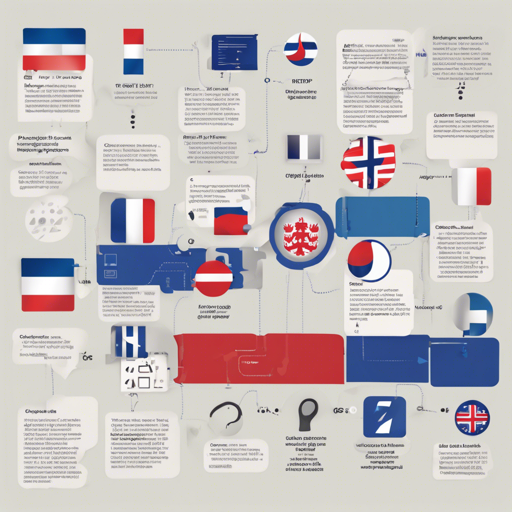Welcome to the world of CzeGPT-2! This Czech variant of the GPT-2 language model by OpenAI is here to take your text generation tasks to the next level. With the perfect balance of architecture and training, CzeGPT-2 is equipped to understand and generate impressive Czech text effortlessly. In this article, we will explore how to use CzeGPT-2 effectively, and provide troubleshooting tips to ensure a smooth experience.
Understanding the CzeGPT-2 Model
CzeGPT-2 retains the architectural integrity of GPT-2 small, featuring:
- 12 layers
- 12 attention heads
- 1024 tokens on input/output
- Embedding vectors of 768 dimensions
- A total of 124 million trainable parameters
It was tailored using a 5 GB cleaned slice of the csTenTen17 dataset, making it a solid foundation for autoregressive text generation tasks.
Tokenizer: The Key to Efficient Processing
Along with the model, CzeGPT-2 provides a tokenizer, essential for preparing text for processing. The tokenizer features:
- A vocabulary size of 50257
- Byte-level BPE (Byte Pair Encoding) tokenizer
This tokenizer was crucial during the pre-training phase, ensuring efficient text manipulation and better performance on downstream tasks.
Performance Insights
When tested on a 250 MB slice of the csTenTen17 dataset, CzeGPT-2 achieved a perplexity score of 42.12. Although this number provides valuable insight into the model’s performance, it isn’t directly comparable to other models due to the lack of competition in Czech autoregressive models and differing tokenizations.
Running Predictions with CzeGPT-2
The repository includes a handy Jupyter Notebook that serves as a user-friendly interface for getting started with CzeGPT-2. This notebook will guide you through the essential steps to run predictions using the model.
Troubleshooting Tips
While using CzeGPT-2, you may encounter occasional issues. Here are some troubleshooting ideas to help you navigate them:
- Issue: Installation Problems – Ensure you have all dependencies installed by following the installation instructions in the README file.
- Issue: Performance Issues – If the model is running slower than expected, try optimizing your environment or using a machine with a higher configuration.
- Issue: Unexpected Results – Review your input formatting and tokenizer settings to ensure they align with the model requirements.
For more insights, updates, or to collaborate on AI development projects, stay connected with fxis.ai.
Conclusion
In conclusion, CzeGPT-2 stands out as a remarkable resource for anyone looking to dive into Czech text generation. With a well-structured model and an efficient tokenizer, it’s perfect for a variety of applications.
At fxis.ai, we believe that such advancements are crucial for the future of AI, as they enable more comprehensive and effective solutions. Our team is continually exploring new methodologies to push the envelope in artificial intelligence, ensuring that our clients benefit from the latest technological innovations.

